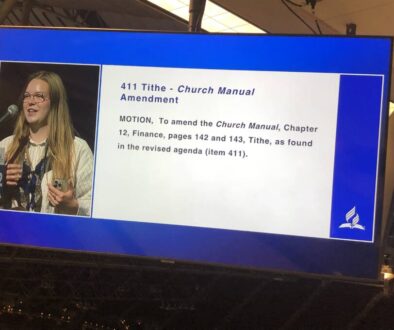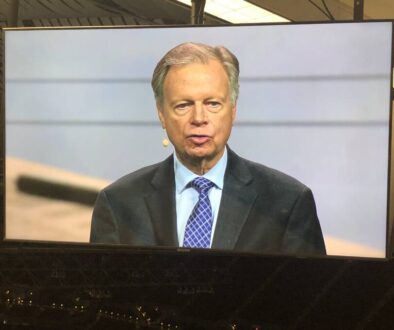General Conference Takes Steps to Strengthen Its Influence over Divisions
by AT News Team
Buried in the minutes of the 2012 Spring Meeting of the Seventh-day Adventist denomination’s top governing body—the General Conference executive committee—is 16 pages of a report entitled “The General Conference and Its Divisions: A Description of Roles and Relationships in Light of Organizational Development, Current Governance Documents and Practices.” The document seems to be a justification for the incident last fall in which North American Division president Dan Jackson issued a letter, at the request of the GC officers, withdrawing an action voted at the annual meeting of the NAD Committee. (Adventist Today reported at the time on Working Policy E 60 and the related differences of opinion among NAD and GC leadership. See stories in the News section for 2011.)
The document recommends further steps. These recommendations were evidently voted at the meeting. Taken together they form the basis for strengthening the influence of the GC over its world divisions.
“1. That [GC] administration design and conduct an orientation for newly-elected [GC] and division officers … addressing the role, function and purview” of each.
“2. … develop protocols for consultations in addressing situations where a division may experience situations that, in its view, merit localized adjustments or situations for which no global policy exists. The [GC] would then determine if a particular situation and its implications should be addressed through a policy amendment or through some other process.”
“3. … assess, in terms of leadership transparency, the merit of broader policy coverage in the Management Assertions on Policy Compliance document” used by the GC Auditing Service. This is a document that the officers of each denominational organization and institution must sign specifically asserting that they are following certain financial policies. The suggestion here is that this check-list be broadened to require officers to also assert in writing that they are not deviating from other policies.
“4. … prepare … a clearer statement regarding the definition of the [GC] as the expression and voice of the worldwide Seventh-day Adventist Church.” This is already addressed in both the Church Manual and the Working Policy. How much it should be tightened was not described.
The Adventist Church has always said that it has a “representative model” of governance (which inter-denominational writers often call a “Presbyterian” model). This is described in many Adventist materials in distinction to the “Episcopal” and “papal” models. Ellen White condemns “kingly power” which she feared some Adventist leaders might wish for. In the years leading up to the formation of the GC in 1863, there was a strong debate about the whole idea of “organization.” Church historians have noted that, over time, the denomination has become more and more institutionalized.
It remains to be seen how this document will be used and how the steps recommended are implemented. Experts on organizational development point out that as an organization becomes larger, more widespread and more diverse, it must develop greater flexibility or it will experience an increasingly dysfunctional situation. The Adventist denomination now has about 17 million members with branches in more than 200 nations. Some observers believe that the gradual slow-down in church growth is an early sign of the kind of organizational crisis that results from too little flexibility.
“The fear of women’s ordination could lead the officers to take steps that they may later regret,” one retired denominational administrator told Adventist Today. “It is often tempting to solve an immediate problem without fully understanding the larger implications.”



